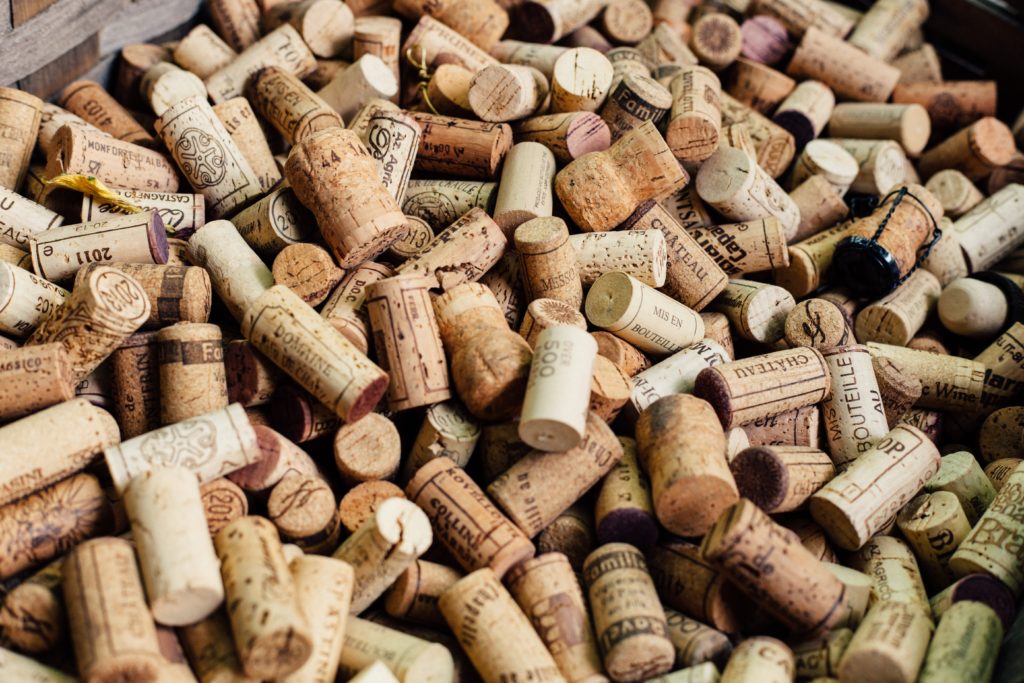Whether you consider yourself a fine wine collector or strictly an investor, a special interest in fine wines is common to both lines of pursuit. Collecting and investing often go hand in hand, or the former leads to the latter, but a rough distinction can be made on the basis of motivations.
Fine Wine Collecting
Fine wine collectors are primarily driven by passion, but may also hold investment value to importance. When purchasing wine for their collection, they base their decision on things like:-
- Heritage – Factors like the producer, estate, and appellation of wines can carry a great deal of significance for connoisseurs. A label with history and legacy inspires loyalty and collector’s appeal. Consider the popularity of the Bordeaux and Burgundy wines from France or the appeal of a legendary estate like Lafite-Rothschild.
- Rarity – Most collectors are attracted by the rarity of an item. When it comes to fine wines, the rarity of a vintage not only drives up its asset price but also its collectible value. Owning a bottle of, say, the Domaine de la Romanee-Conti is a matter of pride for serious collectors. Remember that a wine can be considered rare due to either low production volume or high vintage age.
- Special editions – Similar to rarity, the attraction of a special or limited edition is due to its exclusivity. Special edition wines can be markers of important events or the result of artist collaborations. A good example is the gold labelling of Chateau Angélus 2012 crafted to celebrate the estate’s promotion to Grand Cru Classe A in St-Emilion classification.
- Provenance – For serious wine collectors, provenance is paramount. Even the grandest of grand crus will lose its value if it has been improperly stored or transported. The source, life cycle, and storage of fine wines have a significant bearing on the quality of the wine and they can either make or break the purchase decision for a collector.
- Vintage – The best-rated vintages are the most sought after. A good year for production means the wines will be in high demand, both among collectors and investors. Some collectors also use this as a criterion to build a vertical, by acquiring a case of the new vintage every year and attempting to collect – as far as possible – a complete archive or ‘vertical’ of vintages.
While collections are borne out of passion, collectors often start off as casual buyers or simple wine drinkers. Even serious collectors may be driven purely by sentiment or enjoyment. Or they may be inspired by iconic winemakers, key influencers, and favourite celebrities.
Among celebrities, legendary football manager and fine wine collector Sir Alex Ferguson explained his collection once as “a distraction [that] gave me a balance in my life that helped me in dealing with the intensity and demands required of me as the manager of Manchester United.”
Fine Wine Investing
Like all commodity investors, fine wine investors are primarily motivated by the future sales value of their investment. Their preference for the asset class may have grown out of their oenophilic interests, but their purchase decisions as an investor are based on a number of considerations that determine a financial target:-
- Capital – The first step to investing in fine wine is to determine how much money you are able or willing to invest into the market over a certain period of time. Fine wine should be considered a medium-to-long-term hold to optimise returns. Experts recommend having at least $10,000 as an initial investment fund so you have enough choices when you start off.
- Portfolio – Building a portfolio for investment purposes is different from building a collection to fulfill a passion. Portfolio structuring should be done with careful thought in order to benefit from the performance trends and market potential of the portfolio items. You also need to consider a brand’s historic price performance, demand and supply, market liquidity, risk aspects, taxes and duties, critics’ reviews, and many such factors.
- Diversification – A good portfolio should be diversified to distribute the risk and optimise gains. Studies have shown that fine wines have a low to negative correlation with other major asset classes during a financial crisis. This was proven during the COVID-19 pandemic and downturn, during which the fine wine market managed to maintain steady growth and outperformed some of the top industry benchmarks, offering stability in a year of volatility.
- Performance – Investment-grade wine typically increases in value after five years, enjoys strong secondary market activity, and delivers stable, long-term growth. The Liv-ex 100, for example, has seen 6.3% growth in the twelve months leading up to January 2021, compared to the FTSE 100’s -11.7% loss, and it has increased 33.2% over five years whereas the FTSE has only climbed 5.7%.
- Clean exit – Like all investment assets, the value of fine wines can appreciate or depreciate. An investor should be able to buy low and sell high, which are decisions that are best taken with detachment instead of emotional involvement. Since the cost of exit can be higher than in other financial markets – as wine merchants may charge more commission than a financial securities house – you need a level head for the field.
Fine wine is frequently referred to as a ‘passion asset’ or ‘luxury collectible’, and often, the smart collector and the passionate investor are no different from each other. According to investment trends over one-year and ten-year periods up to mid-2020, fine wine ranks high in the list of passion assets and performs nearly at par with fine art as a luxury collectible.







